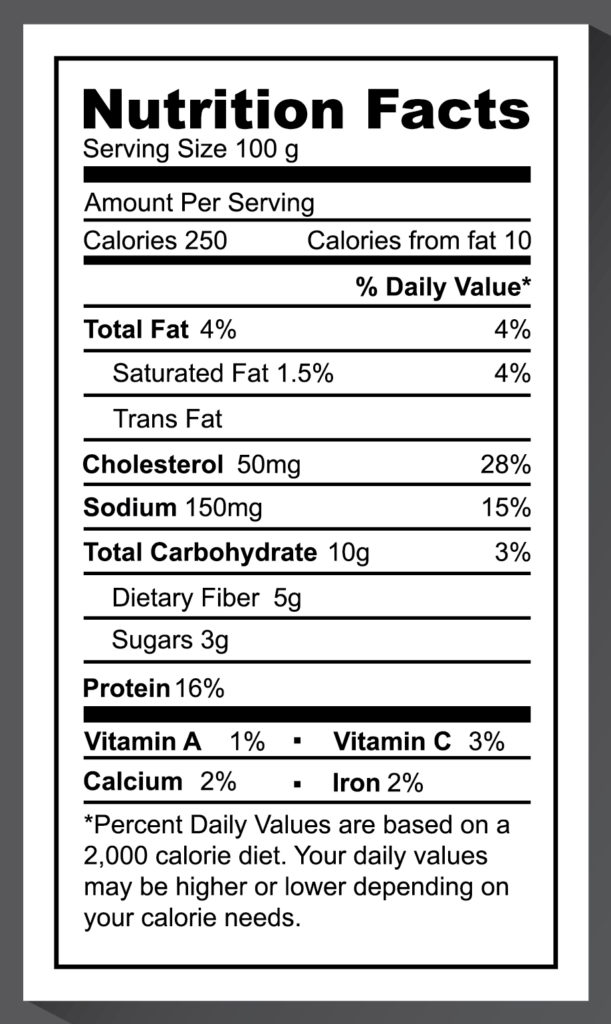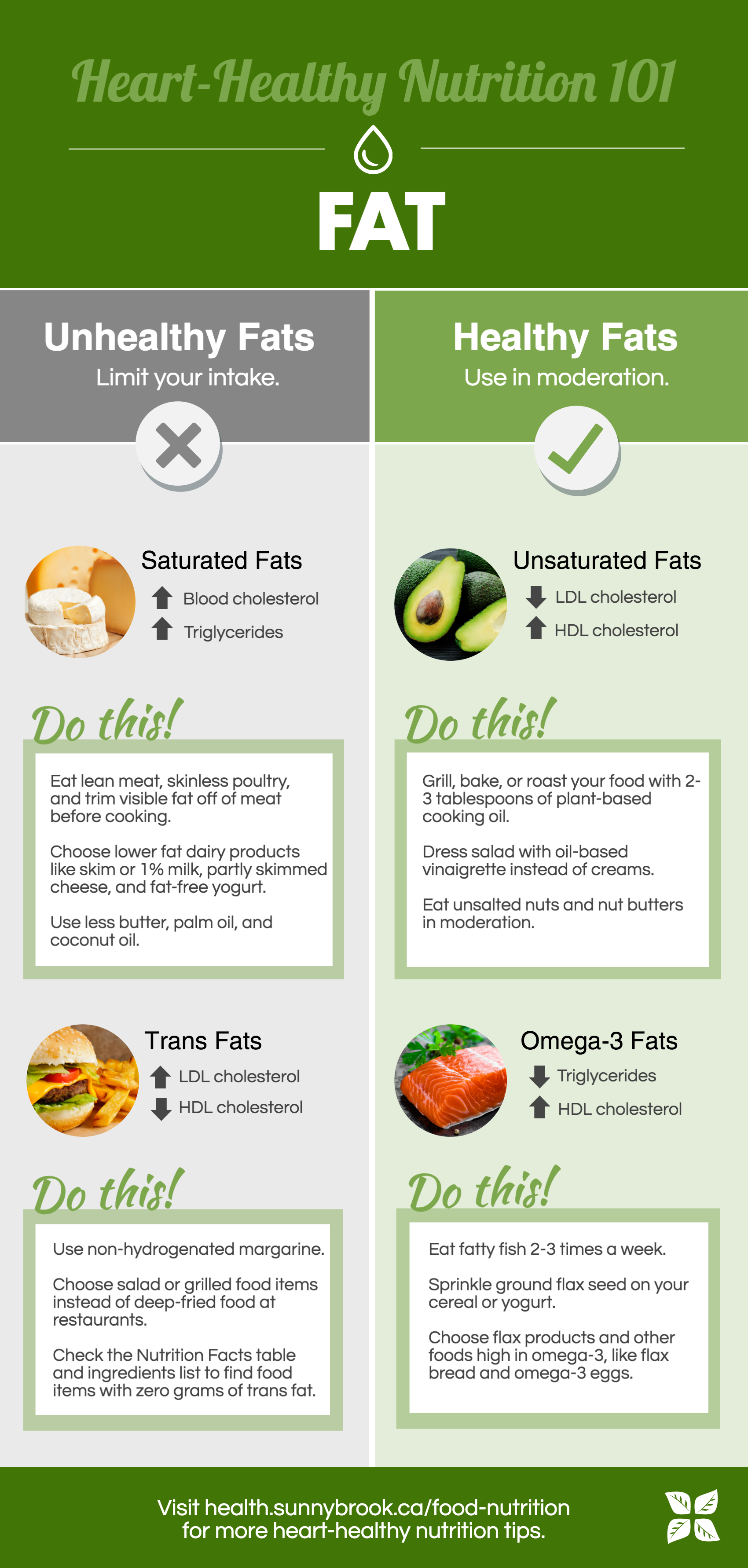
For people who have heart disease, have suffered a heart attack or who have an implantable heart device, resuming sexual activity can be concerning. Is sex safe, or will it increase the risk of complications or death? At a recent Sunnybrook Speaker Series event, cardiologist Dr. David Newman examined the topic and offered some sound guidance.
Erectile dysfunction and heart disease
Erectile dysfunction — the inability to keep an erection firm enough for sex – has many shared risk factors with heart disease, including diabetes, obesity, physical inactivity, hyperlipidemia (elevated fat levels in the blood), smoking and high blood pressure. There is a strong connection between heart disease and erectile dysfunction, so it’s important that men speak with their doctors before starting any new medications.
Are medications to blame?
Dr. Newman says all medications may interact or associate with erectile dysfunction. That said, men should never discontinue a medication because they think it’s impacting another area of their health. Studies have shown that 8 per cent of men treating high blood pressure stop their medication because they think it’s contributing to erectile dysfunction. Adjusting or stopping your medication can be dangerous, so talk to your doctor first to determine what’s best for you.
Are drugs for erectile dysfunction safe?
Many family doctors and cardiologists are asked by their heart patients if it’s safe to take medications designed specifically for erectile dysfunction, which fall into a class of drugs called PDE5 inhibitors. There are many different treatment options available in this category, but they work in a similar way by improving blood flow to the penis. Generally, PDE5 inhibitors should be used with caution in patients:
• taking nitrates
• with active ischemia (symptoms of impaired coronary blood flow)
• with significant congestive heart failure
• with low blood pressure
• taking multiple blood pressure lowering drugs
• with significant liver or kidney disease
• taking erythromycin
How much physical activity is safe?
The American Heart Association (AHA) has developed guidelines on the use of PDE5 agents. As a rule of thumb, if men with heart disease can walk up two flights of stairs, it should be safe to resume sexual activity.
There is a value score called Metabolic Equivalent (MET) for various physical activities. The MET score looks at exercise capacity, the exercise energy expended and the age and weight of the patient. As Dr. Newman points out, it doesn’t take a lot of capacity to have the exercise ability to safely engage in sexual activity. Here is how sexual activity rates against some other common activities:
• walking up the stairs at home: 2 METS
• sexual activity: 2-3 METS
• sexual activity with orgasm: 2-4 METS
• cycling: 6-7 METS
• brisk walking: 13 METS
• laundry: 2.07 METS
• food preparation: 2.16 METS
• grocery shopping: 2.10 METS
• dancing or fishing: 4.5 METS
• rugby: 10 METS
Dr. Newman says it’s rare to have a heart attack during intercourse, and there is only a small increased risk if you’ve already had a heart attack. At the end of the day, having sex is part of life, and so is inherently healthy. That said, each patient should discuss his specific circumstances with his doctor.
----
View the post Is sex safe if I have heart disease? on Sunnybrook's Your Health Matters blog.








 The Nutrition Facts table is a nutrition label that is mandated by
The Nutrition Facts table is a nutrition label that is mandated by 











